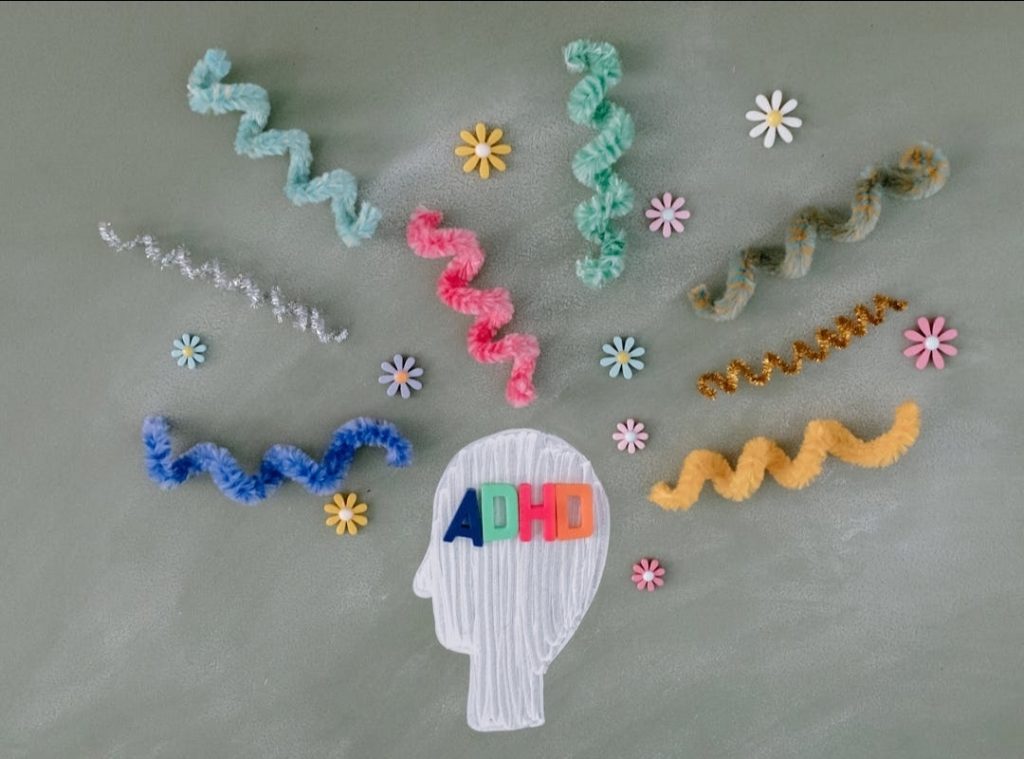Sign1News has had its fingers on the pulse of the Deaf and hard-of-hearing community since 2016 because of Karen Graham’s passion. After 20 years of broadcast journalism, she was joined by Jabari Butler, who had over 20 years of business and event production, to serve this community by producing up-to-the-minute news. Their hard work and obedience to God’s faithfulness make this network a success. Her Nexx Chapter has been honored to partner with them for our programs: Red Alert: A Conversation About HER Health and It’s Okay: Pause, Breathe, Proceed – Parts I and II which Sign1News produced and provided ASL interpretation. We wanted to learn more about what makes this news network so special; Karen’s and Jabari’s stories bring it all together.
How did Sign1News begin?
Karen – May 15, 2011. My mom and I were driving back from our annual “Thelma and Louise” trip. She looked at me and said, “Hey Kay… have you ever thought about merging your news broadcasting experience with your advocacy for the Deaf and hard of hearing community?” At the time, my answer was “No.” But God had other plans. That divinely inspired seed grew and grew and grew. It was constantly on my mind. Calling me while I was driving, while I was sleeping, while I was live on-air in the middle of a newscast. Eventually that “No” became a “Yes” in 2016. I reached out to Jabari Butler – who had more than 20 years of production, business, and technology experience – to see what he thought of the idea. He loved it! I reached out to all the major networks (ABC, CBS, NBC, FOX, CNN) to see if our new network could partner with them as a content affiliate. CNN said “Yes.” We did a nationwide talent search in the Deaf community to create a unique sign name for our network and to hire Deaf and hard-of-hearing reporters/anchors, editors, producers, and photographers as independent contractors. Sign1News officially launched its first global broadcast on September 8, 2017.
What is the process of translating a news story into ASL like? How long does it typically take?
Karen – Translating a news story into ASL is a collaborative effort – with the caveat that everyone must be bilingual. The hearing producers must be able to communicate vocabulary, meaning English nuances, etc. in ASL, and the Deaf reporters/anchors must understand and translate English copy into a written form of ASL (“glossing”). The entire process can take 15 minutes or up to an hour, depending on the amount of content.
What has been your most surprising experience working with Sign1News?
Karen – The most surprising experience working with Sign1News has been two-fold. The first surprise is the “trial-by-fire-Lord-are-you-sure-You-picked-the-right-person” journey of becoming an entrepreneur. I have a Masters in Mass Communications, not an MBA. If I’m being transparent, I can’t count the number of times I wanted to quit; completely overwhelmed by all it requires to run a business. And yet – we’re still here 8 years later. The second surprise: Sign1News is reaching the Deaf community specifically and the disability community in general in ways that I could never have imagined. A mother of a Deaf child told me her daughter is now imagining herself being a news anchor – something she had never seen before or imagined she could be. The disability advocacy agencies share with us the impact we’re having in Washington, DC and around the country. Just wow!
Jabari – The third surprise was the amount of classrooms and institutions across the country that used our broadcasts ranging from elementary schools such as Atlanta Area School for the Deaf to the prison system in California. Our broadcasts were seen and used in many places where no other broadcasts existed. We went from reaching 1 location to reaching over 50 around the world.
What was the process of learning ASL like for you?
Karen – Ten years before the seed was planted to create Sign1News, God gently whispered in my ear “I need you to learn sign language.” To which I boldly responded, “I don’t know any Deaf people,” and went about my business. However, just like the inspired seed that led to the launch of Sign1News, the “call” to learn sign language was just as loud and persistent. Long story short, I finally said “Yes.” I enrolled in a couple of ASL courses at a local college (Georgia Perimeter College, now Georgia State University). This led to full immersion in the Deaf culture – and that full-on cultural immersion is where the majority of my ASL learning has taken place.
Jabari – For me, I’m no expert. I learned it via online classes, but for day to day use, I learned a great deal from the staff directly. They would share words and phrases with me and would quickly offer me suggestions as to how I’d be able to improve. My love for people is what they sense. As the saying goes, “People don’t care how much you know, until they know how much you care.”
How would you summarize the long-term goal of Sign1News? What does success look like for your group?
Karen – The long-term goal and mission of Sign1News is to provide up-to-the-minute, equal access to news and information in ASL, to be a jobs skills pipeline for members of the Deaf community, to change the news game forever, and to have a lot of fun while we’re doing it! I used to think success was just lots of zeros in the bank. While making a dollar is critically important for the continued operation of Sign1News, making a difference is a whole lot more rewarding.
What is something most people don’t know about the Deaf and hard-of-hearing community?
Karen – This is a tough one because we are continually learning something new every day. But this is something that hearing people tend to find fascinating: Deaf people love music. Wait? “Listening” to music? No, “seeing and feeling” music. Strong beats and rhythms are felt through the body or the floor. There is also technology now in the form of a vest that Deaf music lovers can wear to amplify that feeling. With a talented ASL interpreter or ASL performer, a Deaf music lover can see the words and melody through the signs.
How can people show support for the Deaf and hard-of-hearing community?
Karen – There are many ways to show support for the Deaf and hard-of-hearing community. A couple include volunteering with a Deaf organization or making donations to a Deaf organization or school in your area. However, a Deaf member of our S1 team shared this profound thought with me: We (Deaf people) read lips, we wear hearing aids, we have invasive surgery (cochlear implants), we write on notepads, we text on phones, we bend over backward to communicate with you (hearing people), so how hard can it be to learn a few signs to communicate with us? One way people can show support is by simply making an effort to learn American Sign Language (ASL). You can do this by taking a class, watching YouTube videos, and immersing yourself in the culture to make a connection.
Jabari – Another way to show support: I’d pose a challenge to the technology and gaming communities. While this group has made many strides, more can be done and we are here to facilitate that conversation.
Her Nexx Chapter invites you to join our free Community where women from around the world are connecting with each other’s stories, exploring different experiences, and transforming ideas.
The Future of Connection for Women








0 Comments